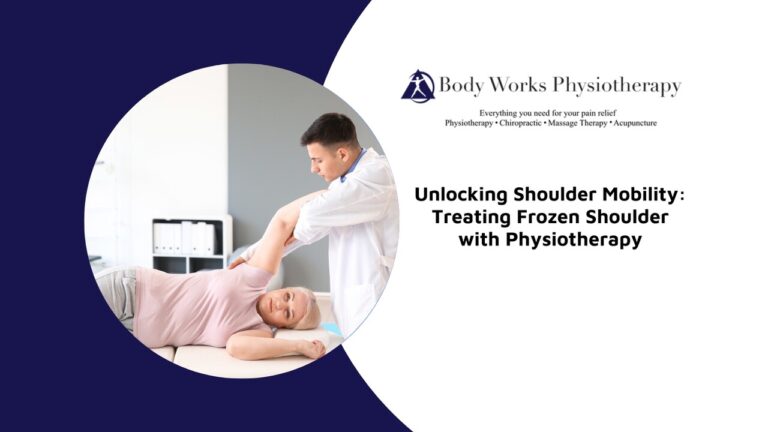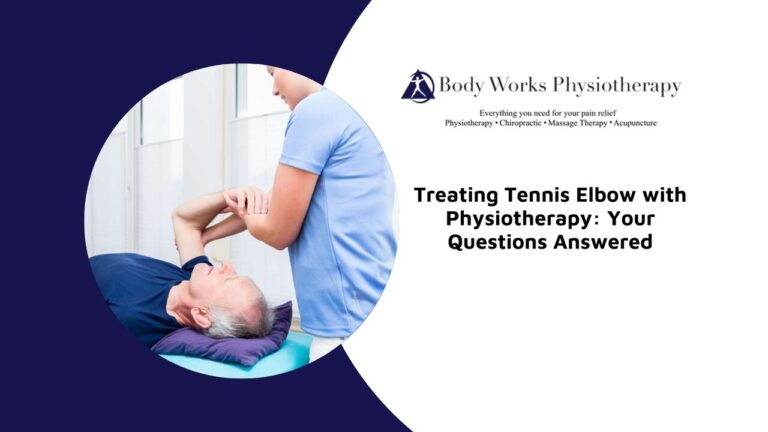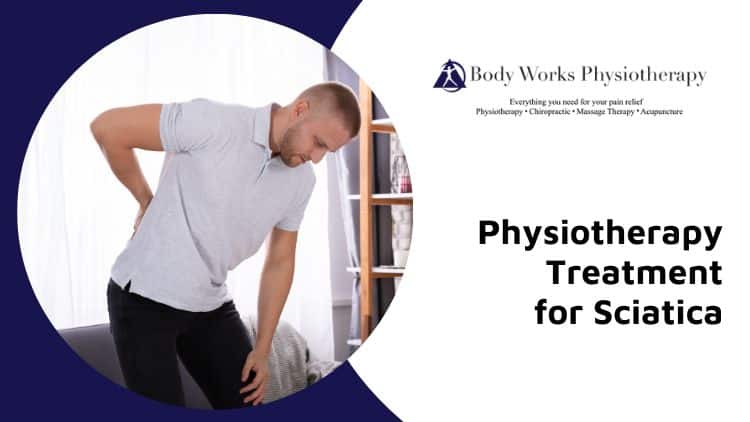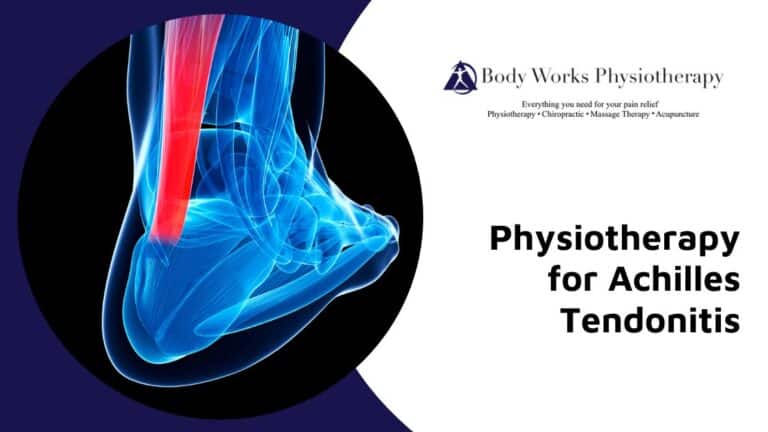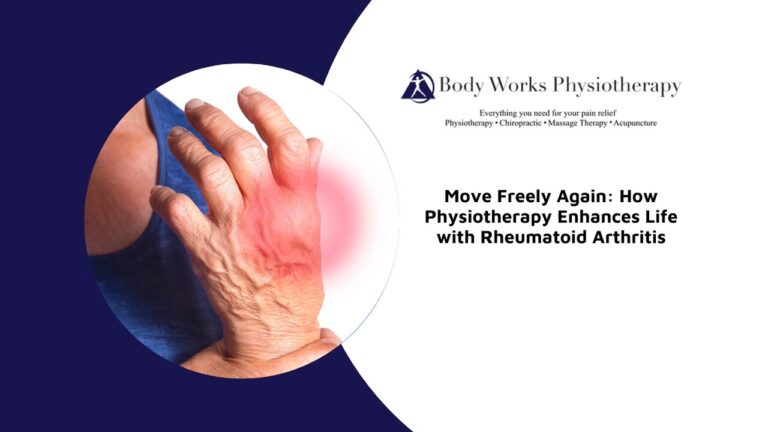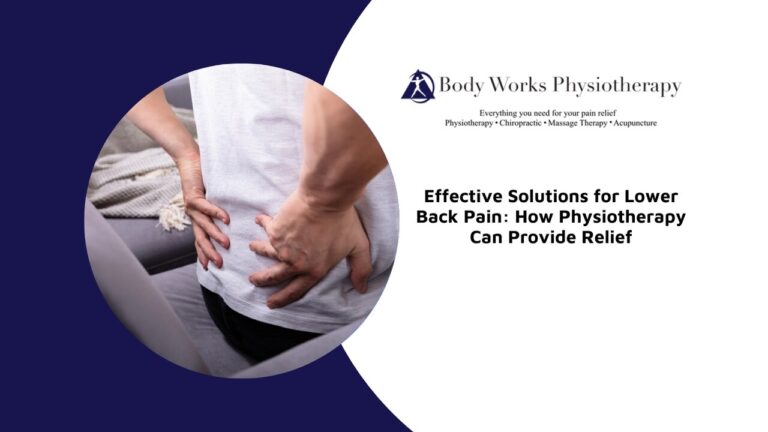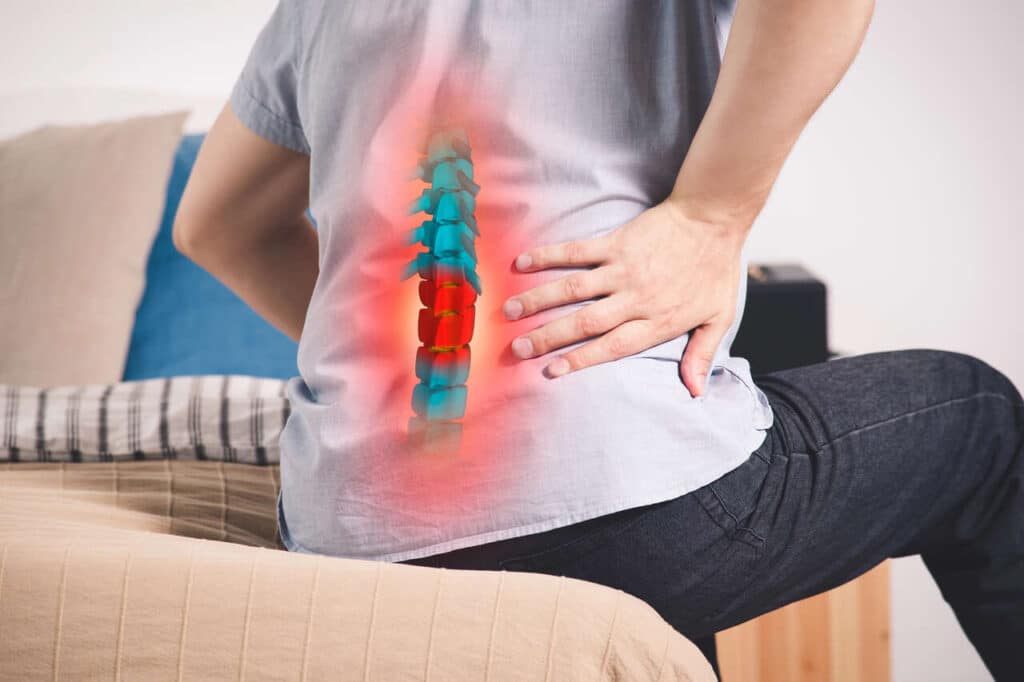
A slipped disc can be a debilitating condition that affects your ability to move and perform daily tasks. The pain, numbness, and weakness associated with this injury can make even the simplest movements challenging. Fortunately, physiotherapy offers a proven and effective solution to treat a slipped disc, providing pain relief, restoring mobility, and preventing recurrence. In this blog, we’ll explore how physiotherapy helps manage a slipped disc, the exercises commonly recommended, and the role lifestyle changes play in recovery and prevention.
Understanding the Causes of a Slipped Disc
A slipped disc, also known as a herniated disc, occurs when the soft, gel-like inner core of a spinal disc pushes out through a tear in the outer layer. This can put pressure on nearby nerves, leading to pain, numbness, or weakness in the back, neck, or limbs. Some of the most common causes of slipped discs include:
- Disc Degeneration Due to Aging: As we age, the spinal discs naturally lose some of their water content and flexibility. This degeneration makes the discs more prone to tearing or rupturing, even during everyday activities. The wear and tear over time can lead to a greater risk of developing a slipped disc, especially in older adults.
- Improper Lifting Techniques: Lifting heavy objects with poor posture, particularly when bending at the waist instead of using the legs, places excessive strain on the spine. This strain can cause the outer layer of the disc to tear, allowing the inner core to push through and press against surrounding nerves.
- Sudden Twists or Movements: Abrupt or awkward twisting movements, particularly during physical activities or sports, can exert unnatural forces on the spine, leading to disc injury. A sudden turn or an overextension of the back can cause the disc to herniate, triggering pain and discomfort.
- Obesity: Excess body weight adds strain to the spine, particularly the lower back, which bears the brunt of supporting the body. This extra pressure can increase the likelihood of a disc slipping out of place, as the spine struggles to maintain proper alignment under the added load.
- Sedentary Lifestyle: Lack of regular physical activity can weaken the muscles that support the spine, making the discs more vulnerable to injury. A sedentary lifestyle, particularly one involving prolonged sitting or poor posture, can lead to increased pressure on the spinal discs, contributing to degeneration and herniation over time.
- Trauma or Accidents: Sudden traumatic events, such as falls, car accidents, or other injuries, can cause significant damage to the spine. A direct impact or forceful blow to the back or neck may result in a slipped disc, as the external force overwhelms the spine’s natural ability to absorb shock and maintain stability.
The Role of Physiotherapy in Treating a Slipped Disc
Physiotherapy is a highly effective treatment option for slipped discs. A physiotherapist will tailor a treatment plan based on the severity of the slipped disc and the individual’s needs. This may include manual therapy, specific exercises, and modalities like heat, ice, and electrical stimulation to reduce pain and inflammation. Here’s how physiotherapy helps those with a slipped disc:
- Improved Mobility: One of the primary goals of physiotherapy for a slipped disc is to improve mobility and restore normal movement patterns in the affected area. When a disc herniates, it can lead to stiffness and restricted movement in the spine and nearby joints, making everyday activities difficult. A physiotherapist will work with you to gradually increase your range of motion through targeted stretches and exercises. These movements aim to gently loosen tight muscles, reduce stiffness in the spine, and improve flexibility. Over time, this helps individuals regain the ability to perform routine tasks without discomfort, supporting long-term recovery and preventing muscle weakness or compensatory movements that could lead to further injury.
- Posture Correction: Physiotherapy also focuses on correcting posture and movement patterns to relieve pressure on the affected area. Many people develop a hunched or slouched posture due to prolonged sitting, improper ergonomics, or physical inactivity, which places additional stress on the spine. A physiotherapist will assess your posture and movement patterns and provide personalized exercises to promote better alignment of the spine. By teaching you how to sit, stand, and move in ways that reduce pressure on the disc, physiotherapy can relieve discomfort and prevent further damage. These posture-correction strategies also help improve spinal stability and muscle endurance, reducing the risk of future injuries.
- Reduced Pain and Inflammation: Physiotherapy can significantly reduce pain and inflammation caused by a slipped disc. Through targeted exercises, manual therapy, and modalities like ultrasound, electrical stimulation, and hot/cold therapy, physiotherapists address the root cause of inflammation while improving blood flow and tissue healing. This multifaceted approach helps decrease nerve compression, leading to pain relief and reduced inflammation.
- Prevents Recurrence: Physiotherapy not only treats the symptoms of a slipped disc but also helps prevent recurrence. By strengthening the core and back muscles, improving flexibility, and teaching proper body mechanics, physiotherapy reduces the likelihood of future disc injuries. Education on posture, safe lifting techniques, and exercise form is a key part of physiotherapy’s preventative approach.
Physiotherapy for Slipped Disc: Healing Timelines Explained
The timeframe for improvement can vary depending on the severity of the slipped disc and the individual’s overall health. However, most people start to notice a reduction in pain and improvement in mobility within 2-4 weeks of consistent physiotherapy treatment. Full recovery may take several months, with continued physiotherapy helping to prevent re-injury and promote long-term spinal health.
Recommended Physiotherapy Exercises for a Slipped Disc
Exercises for a slipped disc are designed to strengthen the core, improve flexibility, and reduce pressure on the spine. Commonly recommended exercises may include:
- McKenzie Exercises (Spinal Extensions): These focus on spinal extension and help to centralize pain away from the extremities. Lie face down with your legs extended and arms at your sides. Slowly prop yourself up on your elbows, keeping your hips on the floor. Hold for 5-10 seconds before returning to the starting position. Repeat 8-10 times.
- Core Strengthening Exercises: These include movements like planks and bridges that target the abdominal and back muscles. For planks, rest on your forearms with your body in a straight line, engaging your core for 20-30 seconds. For bridges, lie on your back with knees bent, press through your heels to lift your hips, hold for 5-10 seconds, and lower. Perform 10-15 repetitions.
- Hamstring Stretches: These help alleviate pressure on the lower back. Sit on the floor with one leg extended and the other bent. Reach forward toward the extended foot, holding the stretch for 20-30 seconds before switching legs. Repeat 3-4 times per leg.
- Pelvic Tilts: These are gentle movements that help improve mobility and reduce stiffness. Lie on your back with knees bent and feet flat on the floor. Tighten your abdominal muscles and tilt your pelvis slightly, pressing your lower back into the floor. Hold for 5 seconds and repeat 10-15 times.
- Cat-Cow Stretch: This stretch improves flexibility in the spine. Start on your hands and knees. Arch your back upwards (Cat pose) and then lower your belly while lifting your head and tailbone (Cow pose). Alternate between the two positions slowly for 10-12 repetitions.
A physiotherapist will ensure that exercises are performed correctly and gradually increase intensity as the individual progresses.
Integrating Physiotherapy With Other Treatments for a Slipped Disc
Physiotherapy often works in conjunction with other treatments such as medication (anti-inflammatories or pain relievers) or chiropractic care. While medication can provide short-term relief, physiotherapy offers a long-term solution by addressing the underlying issues that contribute to a slipped disc. In more severe cases, physiotherapy may also complement surgical interventions, aiding in post-surgery recovery by strengthening the spine and surrounding muscles.
Lifestyle Changes to Support Physiotherapy for Slipped Disc
Lifestyle changes play a vital role in supporting physiotherapy and managing a slipped disc. Key recommendations include:
- Regular Exercise: Staying active with low-impact activities like walking, swimming, or yoga can strengthen the spine and prevent stiffness.
- Proper Posture: Maintaining good posture at work, home, and during activities reduces strain on the spine.
- Healthy Weight Management: Losing excess weight reduces pressure on the spine and decreases the risk of further injury.
- Safe Lifting Techniques: Learning and practicing proper lifting techniques is crucial in preventing future slipped discs.
- Stress Management: Incorporating relaxation techniques like meditation or deep breathing can reduce muscle tension and back pain.
- Ergonomic Adjustments: Making ergonomic improvements at work or home, such as using supportive chairs or adjusting desk height, can reduce stress on the back.
These lifestyle changes, combined with a physiotherapy regimen, provide a comprehensive approach to managing and preventing slipped discs.
Back Pain Doesn’t Have to Be Your Reality
If you’re struggling with the pain and discomfort of a slipped disc, don’t wait to seek relief. Physiotherapy offers a safe, non-invasive approach to managing this condition, helping you regain mobility and strength while addressing the root cause of your pain. At Body Works Physiotherapy in Scarborough, our team of skilled physiotherapists is here to provide personalized treatment tailored to your unique needs. Take control of your recovery today—schedule an appointment with us and start your journey toward a pain-free life with long-lasting results. Your path to recovery begins now.

